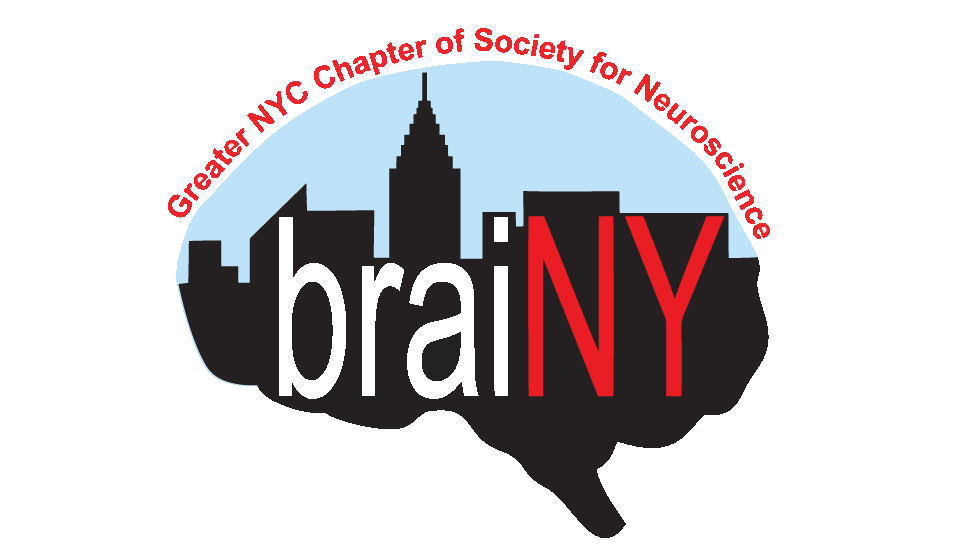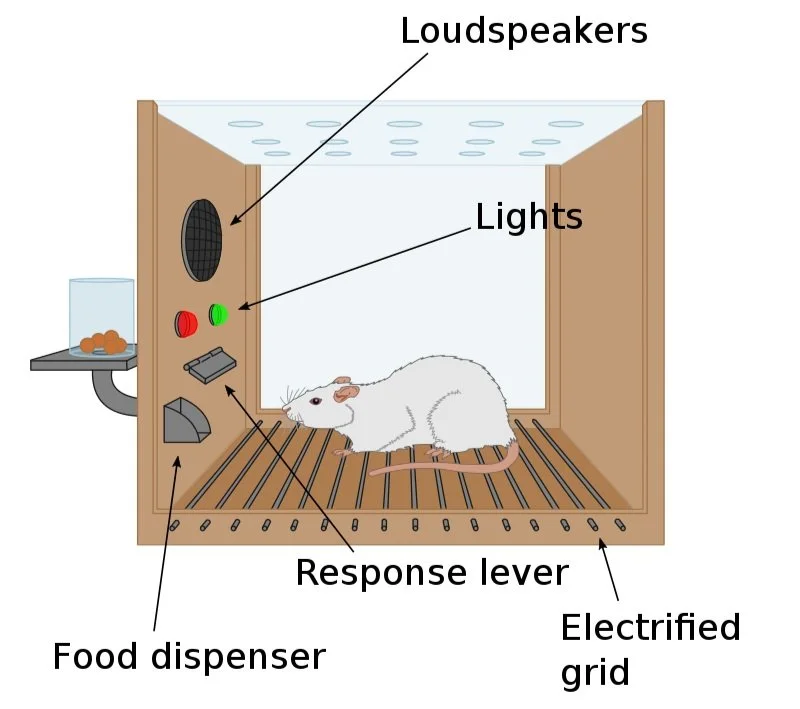How Rats Can Change The World
Rats are essential to saving and changing the world. You heard that right. The vile vermin that roam the streets of New York City and climb around in your house are actually very important to scientific research, and saving the world.
Why So?
Scientific research is the discovery, observation, or creation of something that can be used to explain what is happening in the world, in humans, or to change something in the world or in humans. Believe it or not, rats and humans are actually very common both neurologically, physically, and behaviorally. In other words, rats and humans have similarly functioning brains, body systems, and behaviors. This similarity between humans and rats has given rise to the rat model. Researchers observe rats in their experiments and based on the conclusions drawn, they correlate how a human may be affected by a similar situation or environment.
Many notable discoveries were made possible by rats. One such discovery was the discovery of operant conditioning, a type of learning where behavior is shaped by the consequences that come after it. This discovery of operant conditioning has very practical applications, for instance, it has changed how teachers treat their students to shape their behavior. Teachers nowadays encourage the desired behavior instead of punishing the undesired behavior. For example, a teacher who rewards a student with a sticker when they raise their hand before they speak, and ignores a student when they speak without raising their hand is applying operant conditioning methodology. This has greatly improved the mental health of students by moving away from methods that rely on shaming students who behave poorly.
An operant conditioning chamber, which is also known as the Skinner box, is a laboratory apparatus used to study animal behavior by training the rat to press the response lever to get the food. The process of the rat learning to use the response lever to get food shows operant conditioning. Image source.
Another discovery includes the discovery of neuroplasticity, which is the brain’s ability to change and adapt to new experiences and environments. An example of neuroplasticity is how one can find it difficult to shoot a basketball when they first played with the basketball. However, if an individual is coached with proper technique, shooting a basketball becomes really easy to do.
The Methods Used to Change the World With Rats
Scientific experiments with rats need a way of measuring how rats are psychologically, behaviorally, and neurologically affected by an experimental condition. In the operant conditioning field, operant conditioning chambers are used to measure how rats learn to behave. This is essential to scientific research nowadays on how rats can change their behavior in response to addictive drugs. Using a paradigm called operant self-administration, scientists can study how rats’ brains behave during different phases of the addiction cycle, like during the escalation of drug intake and withdrawal in the absence of drug intake. This can be used to better understand the addiction epidemic, in particular the drastic increase in drug-involved overdoses, as over 106,000 people in the US died from drug-involved overdoses in 2021, according to the CDC WONDER.
Research with rat models has also shown to be invaluable in the neurodegeneration field, particularly through hole-board experiments. A hole board experiment is used to measure how explorative, anxious, and how well a rat can learn. The more holes the rats poke in the hole board, the more curious and explorative the rats seem to be. The more times a rat can poke the correct holes after being shown where the correct holes are with food to incentivize them, the better the rat can learn and remember.
A model like this can be used to learn more about Alzheimer's Disease, a disease where people’s brains will deteriorate. This disease affects 6.7 million Americans age 65 and older in 2023, according to the Alzheimer’s Association. The deterioration of the brain severely hinders one’s memory and ability to learn and increases an individual’s anxiety. Hole board experiments can be combined with certain treatments to test if memory is increased in any way.
The rat is placed in the middle of the board to start the examination. The researcher(s) will quietly examine the rat and determine its behaviors during the test. One behavior examined in this test is the number of times the rat pokes its nose into the holes. The more times the rat pokes its nose into the holes, the more curious the rat is. Image source.
The field is continuously progressing, and rats are at the forefront of the advancement. In October of 2022, Stanford Medicine researchers created a method that enables researchers to study how neurodevelopmental diseases work by inserting human brain cells into rats. This allows rats and neurodevelopmental diseases to be studied through longitudinal studies, which may lead to a better understanding of diseases and the creation of more effective treatments for diseases such as Autism, which is a neurodevelopmental condition that many researchers do not know about and do not have many treatments for.
Researchers are actively finding a way to solve these issues and improve the world, and if you’re interested in changing the world, you should definitely get involved with research too.
Joshua Cheuk is an undergraduate student at Binghamton University. He is studying for an integrative neuroscience major and a minor in digital data studies. He is currently on the pre-med track. During his free time, Joshua likes to swim, hang out with friends, work out, code, watch TV shows, and cook. If you’re interested in reaching out to him to ask him about college, research, and school, feel free to reach out to Dr. Croote so you can get in touch with him.
Edited by Denise Croote, PhD



